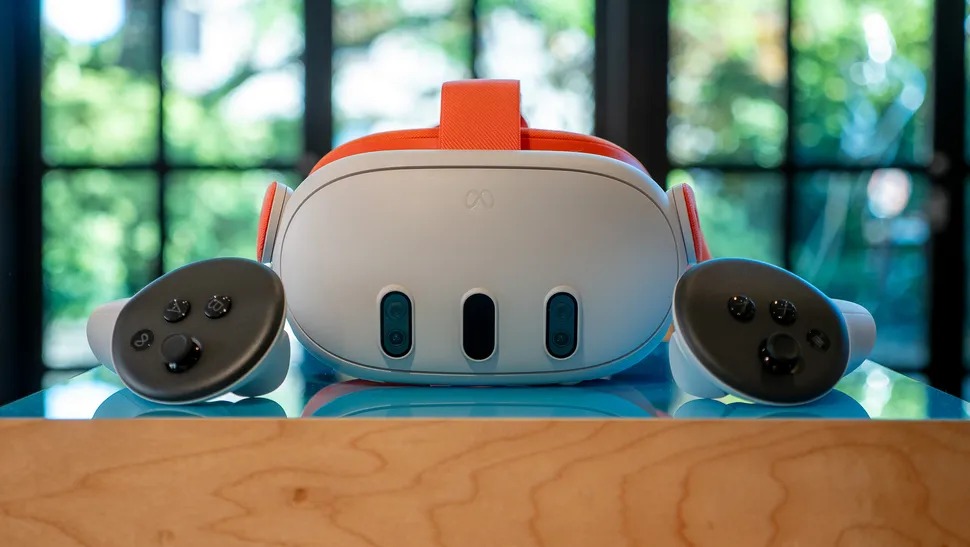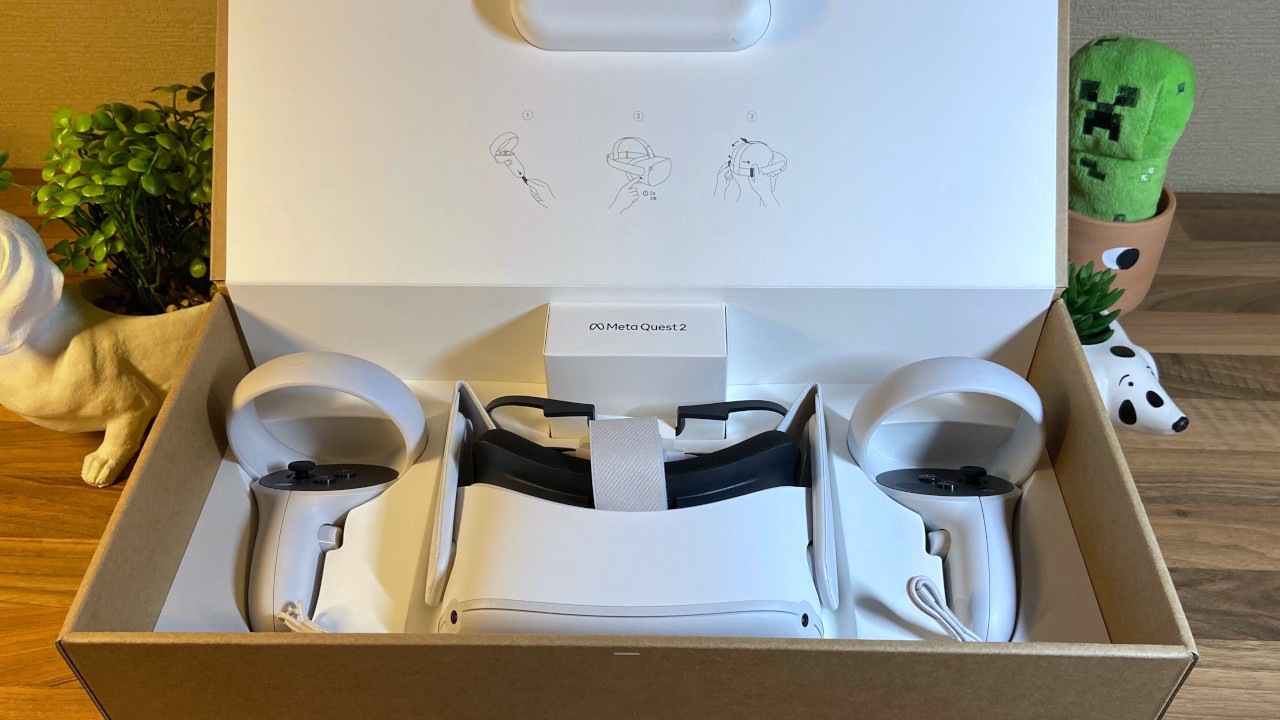The best VR headset for Microsoft Flight Simulator in 2024 is cheaper than you think
Meta's Quest 3 headset offers the best balance of realism and value for Microsoft's flight sim.
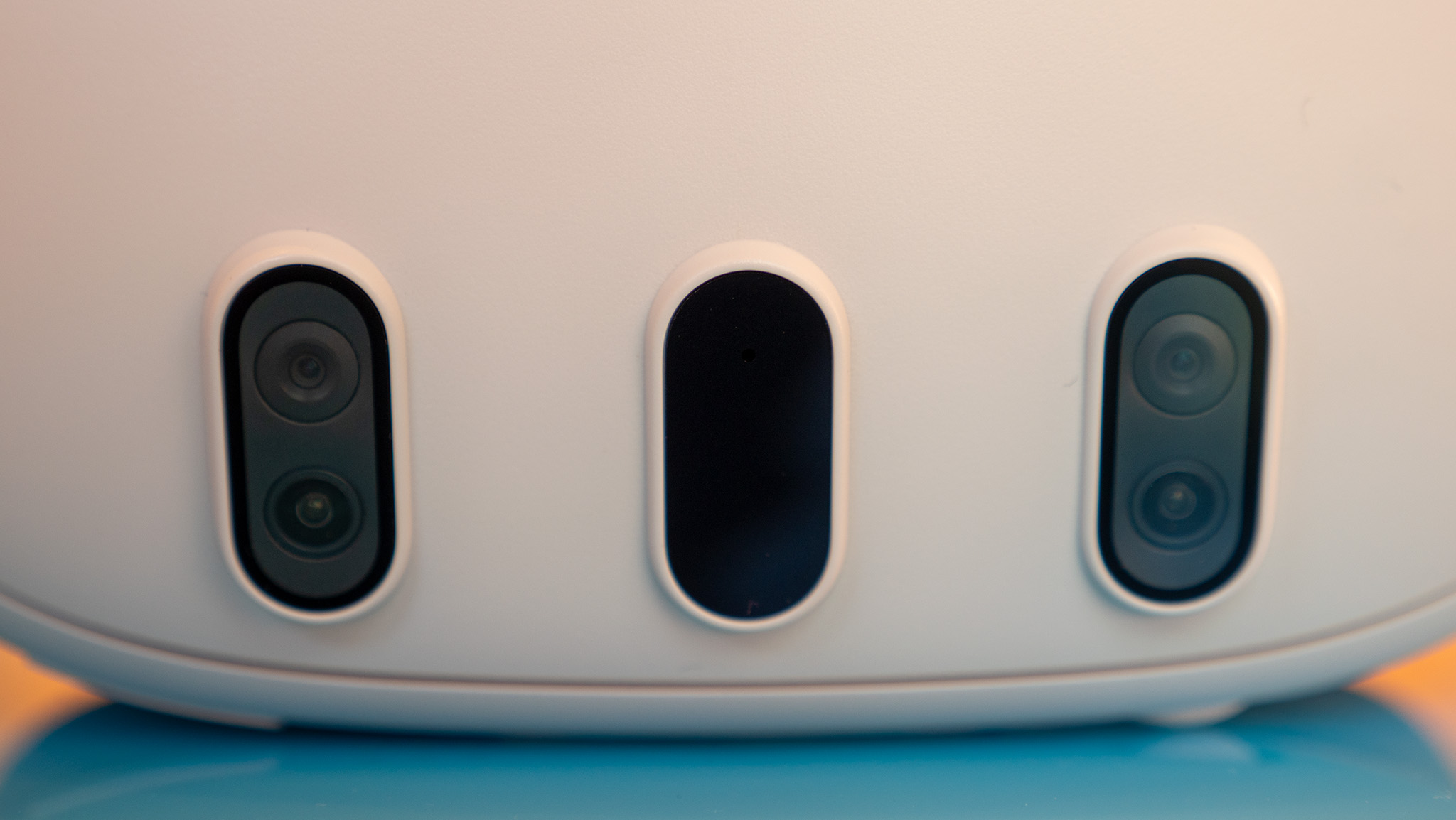
Since its initial release in 2020, Microsoft Flight Simulator has changed its naming scheme for the upcoming 2024 release, but the core gameplay remains the same. Virtual reality (VR) headset support was added soon after launch and is expected to remain for future updates.
Flying real-world aircraft in a 3D recreation of the entire planet Earth is a breathtaking experience anyway, but virtually inserting yourself into a cockpit with the best VR headset is on another level of immersion.
Officially, Microsoft supports a range of VR headsets from PC-centric brands like Valve and HP. However, standalone options from Meta work perfectly thanks to their integration with PC VR, making Flight Simulator more accessible than ever. Here are my top picks for the best overall VR headset and alternatives for your Flight Sim needs.
December 4, 2024: Black Friday and Cyber Monday are over, and I removed some of the extra buying advice I offered for the events.
The best VR headset for Microsoft Flight Simulator
Why you can trust Windows Central
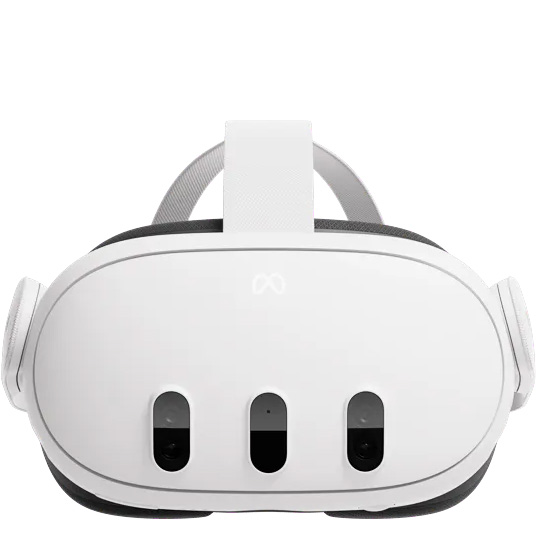
Best overall
While it's primarily advertised as a mixed-reality headset, the Quest 3 is by far the best value and most versatile VR option available today, with a comfortable and lightweight build. Works perfectly with desktop PCs or laptops via a companion app.

Best for PC
There aren't many brands more knowledgeable about the PC gaming space than Valve, and its Index headset is perfect for anyone sticking to PC-only gaming in VR. It requires base stations, but controller tracking is accurate and reliable.
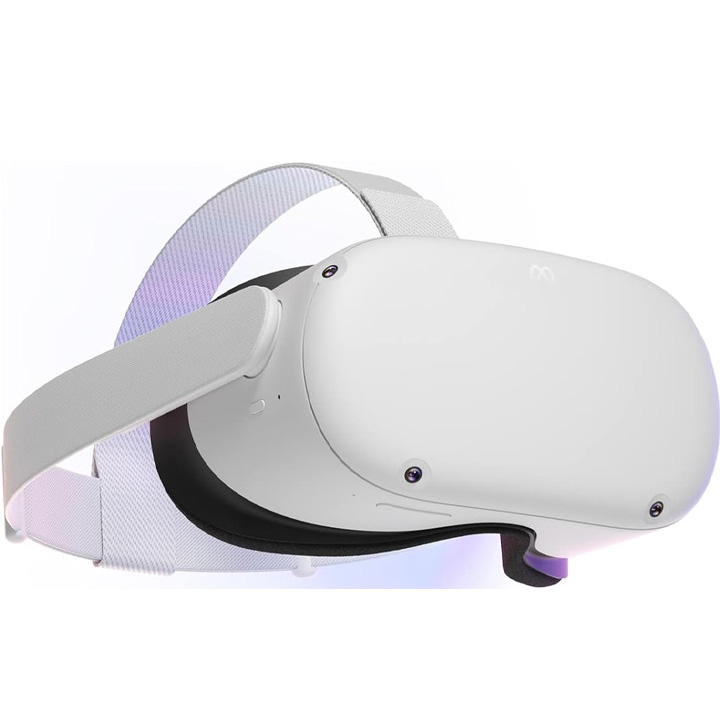
Best budget
Although the Quest 3 is available, it hasn't necessarily replaced the Quest 2, which still offers an ultra-affordable entry point into VR and works with desktop PCs or gaming laptops. Choose this if you're a newcomer or are otherwise unsure about VR.
How to choose the right VR headset
The Quest 3 is still my top choice for VR in Microsoft Flight Simulator, and it's no surprise to see Meta rise to the top thanks to its unparalleled efforts in the virtual reality hardware and software scene. A versatile headset with more to offer than just PC VR gaming, you get full-color mixed reality with passthrough cameras for cable-free play powered by the headset or to help you get comfortably set up in your simulation rig and see exactly where your flight stick, pedals, and more are positioned.
Our friend Nicholas Sutrich at Android Central named it "the best VR headset you can buy" in his Meta Quest 3 review, and I'm still in complete agreement. Not only is it compatible with PC VR through a USB-C cable or wirelessly over Air Link with a reliable Wi-Fi 6 router or better, but it's also comfortable to wear, and the lenses have never been better. It's more expensive than its predecessor but has become the most accessible and best overall VR headset for many audiences, including simulation enthusiasts diving into the likes of Euro Truck Simulator 2 and Microsoft Flight Simulator.
You get a 2064 x 2208 resolution per eye with a 110-degree field of view (FOV) and an adjustable 58 - 71 mm interpupillary distance (IPD) range handled by a physical wheel and a digital readout. This all amounts to a customizable and high-quality viewing experience that shouldn't strain your eyes after a few hours of play. My IPD sits around 66 mm, and it's a much better solution than the three-notch adjustment found on the Quest 2. There's really nothing better for an across-the-board solution to playing Microsoft Flight Simulator in virtual reality than the Meta Quest 3.
Microsoft Flight Simulator is truly a futuristic gaming experience, made only better with a VR headset. Instead of staring into a monitor, you can inject yourself into a pilot's chair and take a good look around while you fly across the world. Adding VR to Flight Simulator takes an already PC-intensive game and ramps things up.
If you need an upgrade for your gaming setup, be sure to check out the best pre-built gaming PCs for Flight Simulator as well as the best gaming laptops for Flight Simulator.
Any of the above VR headsets will do a great job of wowing you within the game, and the last-gen Meta Quest 2 is an ultra-affordable option if you're unsure. Visuals, audio, controls, and tracking all come together to create something special, and it could be a literal game-changer that convinces you to upgrade later.
All the latest news, reviews, and guides for Windows and Xbox diehards.

Ben is a Senior Editor at Windows Central, covering everything related to technology hardware and software. He regularly goes hands-on with the latest Windows laptops, components inside custom gaming desktops, and any accessory compatible with PC and Xbox. His lifelong obsession with dismantling gadgets to see how they work led him to pursue a career in tech-centric journalism after a decade of experience in electronics retail and tech support.
- Cale HuntContributor
